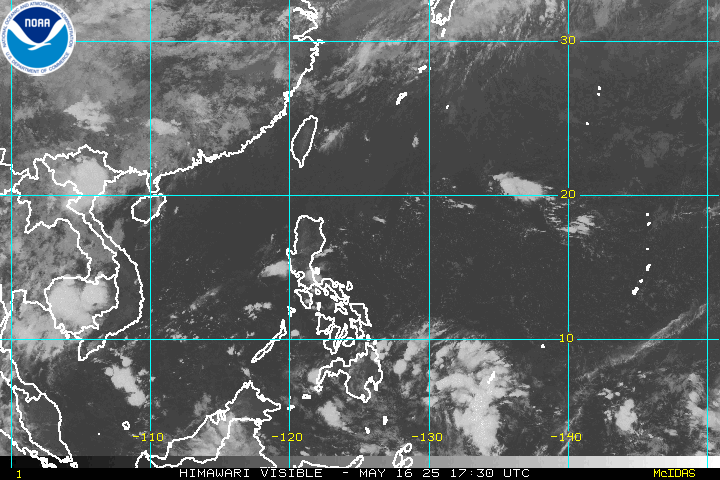Unprecedented Start to Hurricane Season
As of May 16, 2025, a striking phenomenon has been recorded ahead of the Atlantic hurricane season: no tropical cyclones have emerged anywhere in the Northern Hemisphere. This encompasses all categories of tropical storms, hurricanes, typhoons, and cyclones across the Atlantic, Pacific, and Indian Oceans.
The ongoing dry spell is not an isolated incident; in fact, a similar scenario unfolded last year, preceding a particularly destructive hurricane season that impacted the United States. An extended period of inactivity during this time of the year can have significant ramifications for future storm developments and public safety.
Historical Context of Lull Periods
This unusual lack of storm activity has paralleled five previous years in the past 75 years: 1973, 1983, 1984, 1998, and 2024. According to research from meteorologists, particularly Phil Klotzbach from Colorado State University, these years also saw below-average storm activity for the Northern Hemisphere.
Typically, one would expect an average of 3.5 storms to have formed by this point in the season. However, the current absence of storm activity raises questions about the potential implications for the rest of the hurricane season. The relationship between early-season storm formation and the overall severity of the season that follows is a subject of keen interest to meteorologists.
Understanding the Quiet Conditions
Phil Klotzbach elaborated on the commonality of quiet conditions in the Atlantic and eastern North Pacific through mid-May. He noted that during this time, the western North Pacific often sees the most storm activity. However, current wind patterns near the Philippines have contributed to a marked calmness in this region.
This unusual wind pattern gives rise to anti-cyclonic flow, which suppresses the formation of storms. As a result, the typical contributors to cyclone development during this season are noticeably absent, complicating predictions for hurricane activity in the weeks to come.
Implications for the Upcoming Season
Given the current conditions, it’s challenging to draw definitive conclusions about the implications for the remainder of the hurricane season. On average, the season in the Northern Hemisphere produces approximately 62 named storms. Reviewing the total storm counts from previous years that experienced no named storms by May 16 reveals a mix of outcomes.
- Four out of five of those years concluded with below-average storm activity.
- However, 2024 was slightly below the norm, indicating variability in storm patterns.
- In 1973, a notable record was set for the latest first storm, with a tropical cyclone named Ava emerging in the eastern North Pacific on June 2.
While a quieter start may not directly mean a less active season overall, it certainly engages meteorologists and weather enthusiasts alike in discussions about what the future holds for tropical activity.
Other Global Weather Patterns
Contrasting starkly with the Northern Hemisphere, the Southern Hemisphere has exhibited considerable storm activity during the 2024-25 season, which runs from July 1, 2024, to the present. This season has seen storms that threaten areas such as Australia and surrounding regions.
As of now, there have been 31 recorded named storms in the Southern Hemisphere, surpassing the average of 25 named storms by May 16. This significant uptick highlights the varying patterns of cyclone activity across different hemispheres and emphasizes the need for localized weather preparedness and monitoring in areas vulnerable to storms.
Forecast for Late May
As meteorologists look ahead, forecasts for late May suggest that the potential exists for early-season tropical storm development in the Eastern Pacific. Nonetheless, most projections indicate a continuation of the quiet atmospheric pattern in both the Caribbean and what is being referred to as the Gulf of America.
Although uncertainty looms over the rest of the hurricane season, continual monitoring and research are critical in order to make informed predictions and recommendations to prepare communities for any potential weather-related emergencies that may arise.
Conclusion
As the 2025 hurricane season unfolds, the current lull in storm activity invites both caution and vigilance. Historical data may offer some insight, but each season remains unique in its patterns and outcomes. Ongoing observation and adaptation to changing weather conditions will be essential as communities prepare for what this season may ultimately bring.



